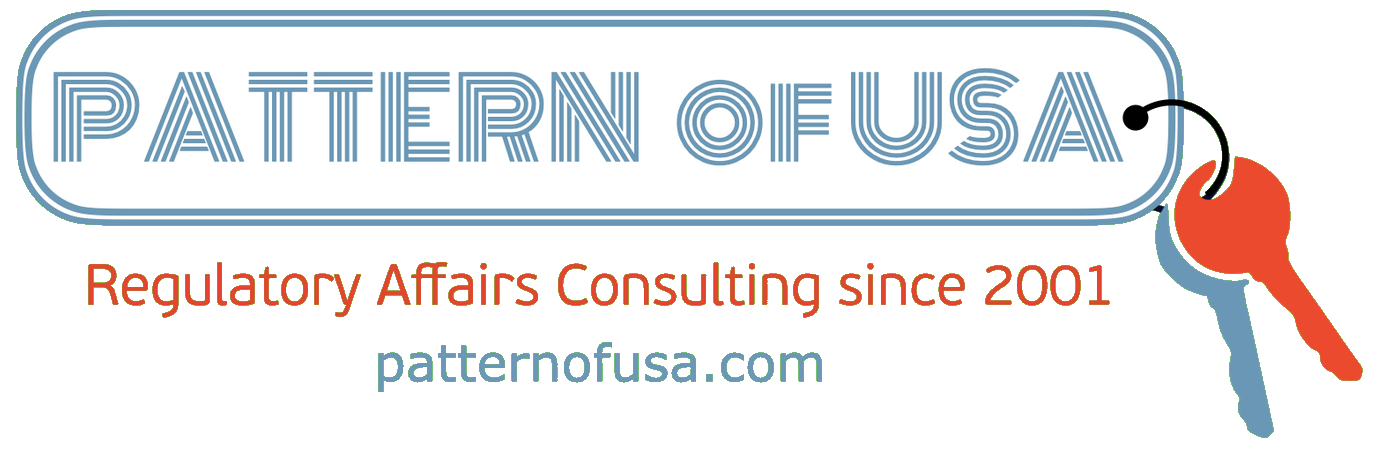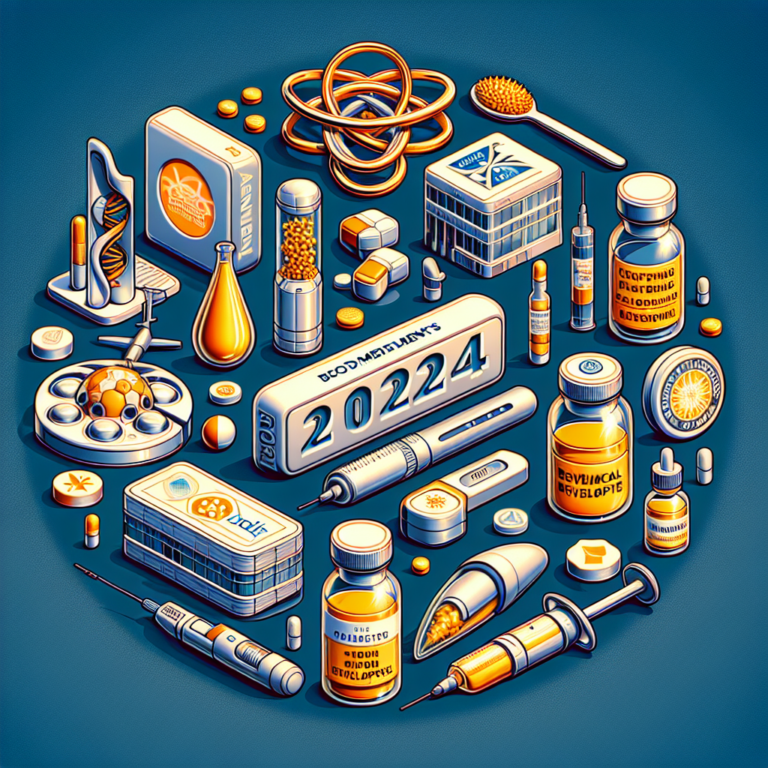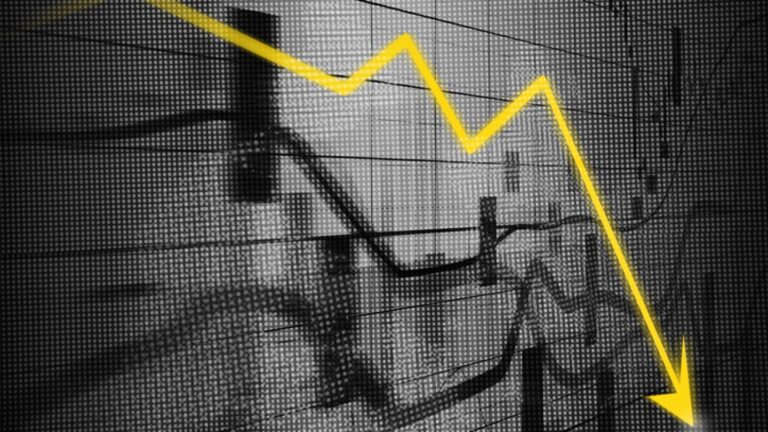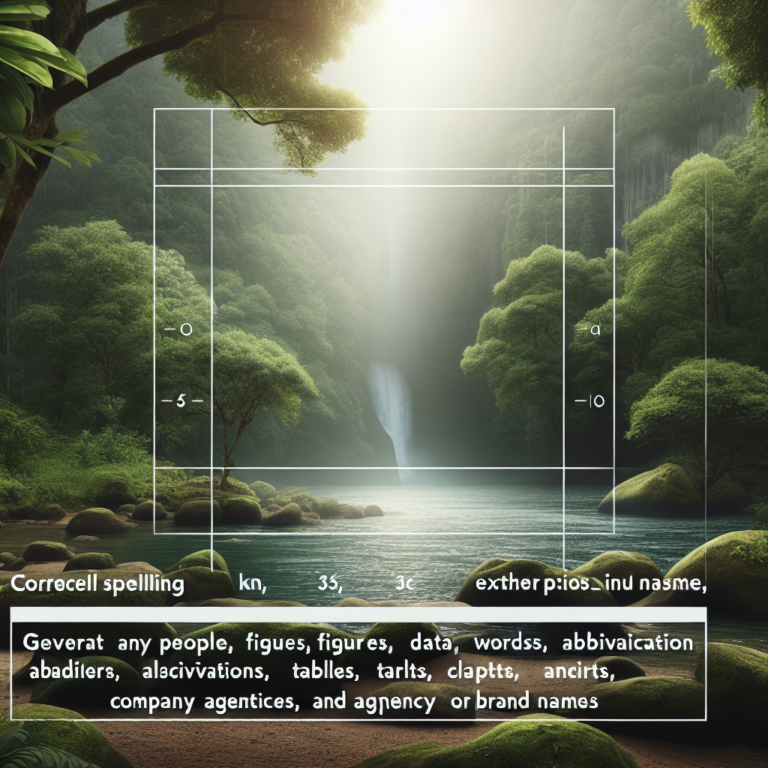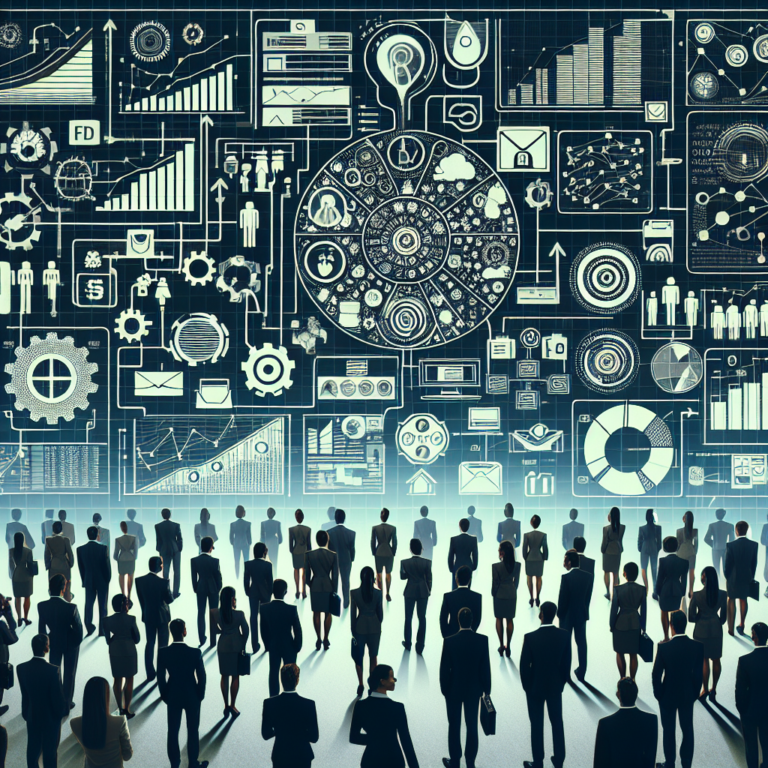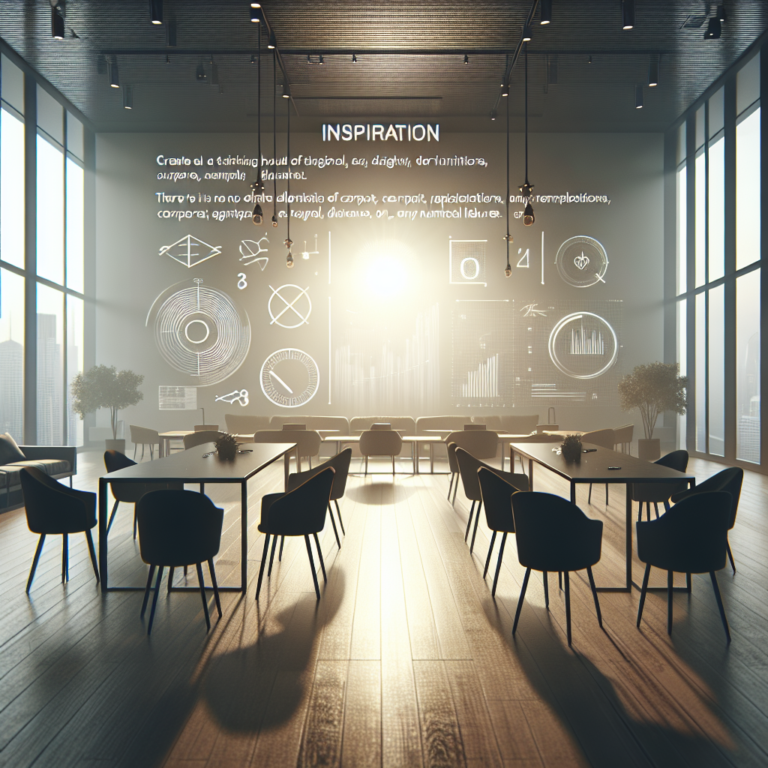
In 2024, biomedical technology really got to our heads—or more specifically, our eyes and brains. Some of Spectrum’s most popular articles this year were about technology assisting our vision, with stories of retinal implants and smart contact lenses drawing your eye. You dug deep into non-invasive tech to hasten sleep and preserve brain function for people with Alzheimer’s disease, as well as an imaging probe to aid highly invasive brain surgeries.
But it wasn’t all in our heads. This year, you also read about assistive exosuits and low-cost MRI machines, as well as a DNA data drive promising a new way to save vast amounts of information.
As we wait to see how new technology will augment our senses or improve our health in 2025, take a minute to look back at the past year’s biggest stories. Read on to see Spectrum’s top biomedical articles of 2024.

Wyss Center for Bio and Neuroengineering
Assistive frames called exosuits can help people in physical therapy and rehabilitation move their body. The devices work by moving a user’s muscles via electrical pulses, but that stimulation can quickly tire out the user. Researchers in South Korea and Switzerland are offering a potential solution: an electrostatic clutch system. In the system, sleeves are placed around joints and normally flexible, but can rapidly stiffen to support the body between movements without additional stimulation. The technology, called “Synapsuit,” is being prototyped by the Korea Electronics Technology Institute.

Pixium
In 2022, contributor Mark Harris detailed how blind users of a retinal implant made by California biotech company Second Sight were left with unsupported devices when the manufacturer went out of business. That story came close to repeating when French biotech company Pixium Vision ran out of money in November 2023—until, that is, impressive trial data arrived earlier this year, and the company was acquired by Science, a startup run by one of Neuralink’s cofounders.

Elemind
Startup Elemind’s $349 headband promises to get you to sleep faster. The company’s first product, which began preorders this year, tracks brain waves with electrocephalography (EEG) sensors, then tweaks them with sound waves delivered via bone conduction. Spectrum’s esteemed former editor Tekla Perry briefly tested out the headband, though in less-than-ideal conditions. “It wasn’t the time or place to try for sound sleep, but I—and the others in the room—noted that after 2 minutes I was yawning like crazy.”

Getty Images
Elon Musk has made bold claims about the coming capabilities of Neuralink Blindsight, his company’s visual prosthesis aiming to restore vision in people who have lost sight in both eyes. The device was designated a breakthrough device by the U.S. Food and Drug Administration in September—but experts told Spectrum it likely won’t live up to Musk’s hype.

Greg Mably
For people with mental health conditions like bipolar disorder, it’s important to keep an eye on their mood. Smartphone apps may be able to do just that, providing objective insight about our inner state from data collected without any user input. Unlike traditional mood-tracking apps and logs, these apps quietly gather data in the background about a user’s behavior. But, while promising, they face challenges, including privacy concerns and a need for rigorous clinical validation.

St. Michael’s Foundation
When treating aneurysms and strokes, neurosurgeons typically have to make do with blurry images. But that may soon change, thanks to a new fiber-optic imaging probe. The probe winds through the maze of brain arteries, capturing high-resolution images of the brain to guide surgeons. “Whereas before … clinicians had a satellite-like view of the brain’s vasculature network, now they have a Google Street View-like perspective,” writes contributor Elie Dolgin. The probe has been tested in clinical trials at two hospitals in Toronto and Buenos Aires, and a startup is aiming to bring the technology to market.

Getty Images
Current MRI scanners are expensive and require powerful magnets and a lot of energy to power. With the machines typically only found in specialized hospital centers, MRIs are inaccessible for more than two-thirds of the global population. But a new, simplified full-body MRI scanner works at a fraction of the cost and 1,800 watts, compared to 25 kilowatts or more. The machine uses AI to match the image quality of traditional MRI scanners with much less powerful magnets.

Tsai Laboratory/MIT Picower Institute
Early clinical trials are beginning to show evidence that stimulating the brain at certain frequencies could benefit people living with Alzheimer’s disease. According to a team of researchers at MIT, sound and light oscillations at 40-hertz active a neural-cleansing process that helps remove beta-amyloid, the protein that clumps together in the brains of those with Alzheimer’s. The non-invasive therapy is currently being tested in randomized trials, and research will likely continue for the next few years, though some companies are already offering “wellness” products that deliver gamma frequency light or sound stimulation.

Edmon de Haro
Our data is piling up quickly. In fact, it’s growing faster than our storage capability will be able to handle in just a few years. That’s why some organizations are taking steps toward building a DNA drive to store the deluge of data, in place of magnetic tape and disk drives. With each DNA base (A, T, G, and C) acting as a bit, DNA offers much better storage density; according to one estimate, all 120 zettabytes of information on the Internet could be stored in a volume of DNA the size of a sugar cube. Now, researchers seek ways to efficiently read and write large volumes of DNA data.

Erfan Pourshaban
Smart contact lenses could have various consumer and medical uses—measuring glucose levels, delivering medication for ocular disease, or even acting as a display for augmented reality. But how do you power a device sitting on one of the most sensitive parts of the human body? Researchers at the University of Utah created a hybrid energy-generation unit that draws energy from light and tears: While the eyes are open, tiny, flexible solar cells made from silicon capture light from the sun and artificial sources. Then, literally in the blink of an eye, a second system acts like a metal-air battery, with electrolytes in tears serving as a biofuel. The combination allows for continuous power generation and supplies enough energy for smart contacts.
